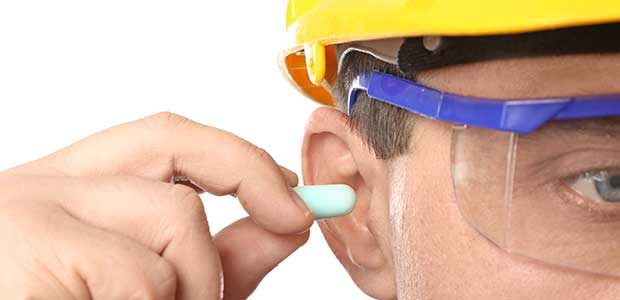
Data Show Increase in Hearing Loss in Oil and Gas Drilling Sector
Hearing test data collected by British Columbia employers in the oil and gas drilling sector between 2012 and 2017 show that the percentage of workers who showed signs of noise-induced hearing loss (NIHL) has increased by 12 percent over those five years, from 33 percent in 2012 to 45 percent in 2017, according to WorkSafeBC.
Hearing test data collected by employers in the oil and gas drilling sector between 2012 and 2017 show that the percentage of workers who showed signs of noise-induced hearing loss (NIHL) increased by 12 percent over those five years, from 33 percent in 2012 to 45 percent in 2017, according to WorkSafeBC. Of the 294 oil and gas drilling workers with NIHL, 194 (65 percent) were younger than 35 years old.
The percentage of workers in the oil and gas drilling sector who reported wearing hearing protection equipment has increased from 94 to 98 percent. Most workers reported using foam ear plugs.
"There are a number of reasons why workers may be diagnosed with noise-induced hearing loss even though they are wearing some form of hearing protection," said Sasha Brown, WorkSafeBC occupational audiologist. "The ear plugs or ear muffs might be the wrong size, inserted or worn incorrectly, not worn for long enough, or they may not be providing enough protection for the duration and intensity of noise exposure."
According to WorkSafeBC, employers can take the following measures to prevent NIHL:
- Ensure all workers who are at risk for hearing loss are wearing properly-fitted hearing protection and that it is being worn correctly.
- Make sure workers insert or wear the right hearing protection before entering a noisy environment and wear it until after exiting the noisy environment.
- Rotate workers to different positions so they spend less time exposed to noise.
- Identify potential engineering controls to mitigate noise exposure risk.
- Ensure workers have their hearing tested and are aware of the results of their hearing tests.
WorkSafeBC has issued a new safety bulletin based on the data and offers additional online resources about understanding and prevention noise-induced hearing loss.